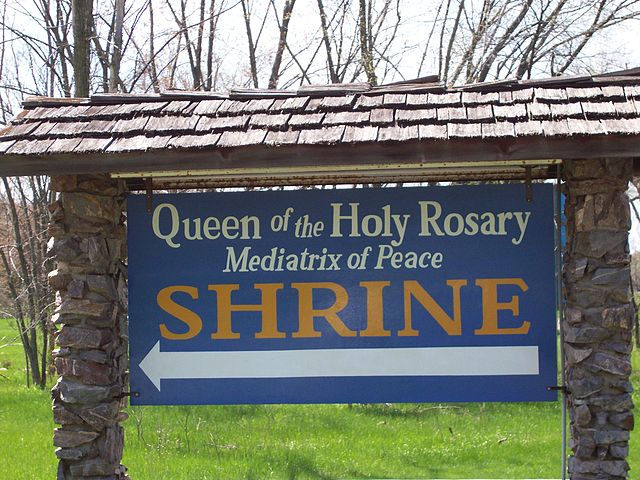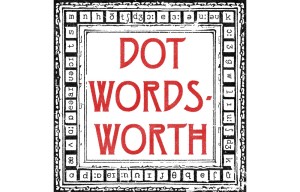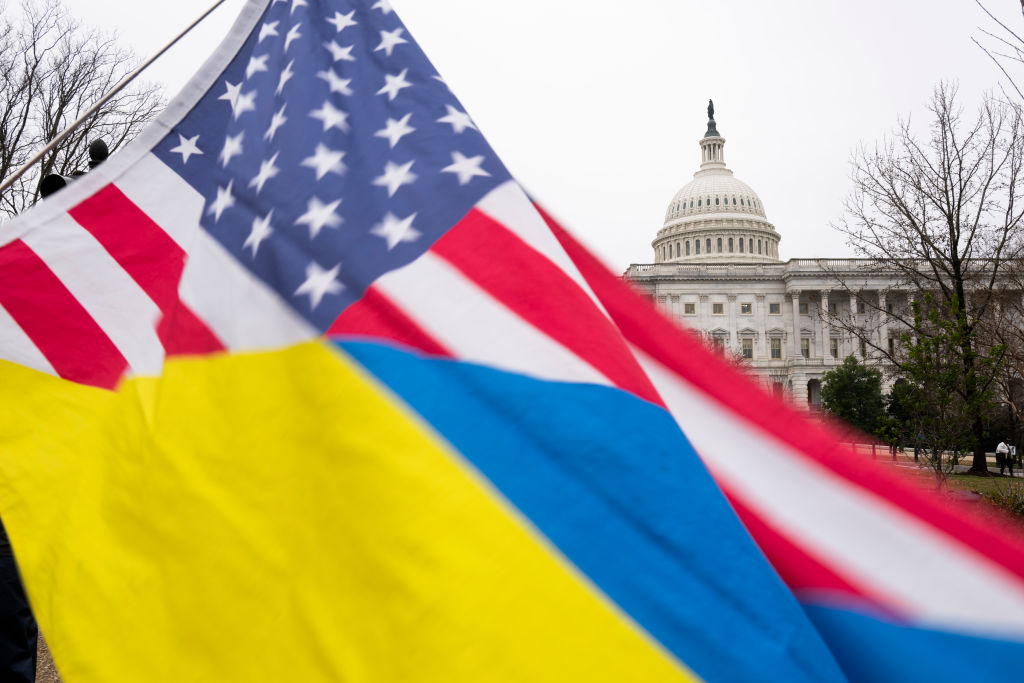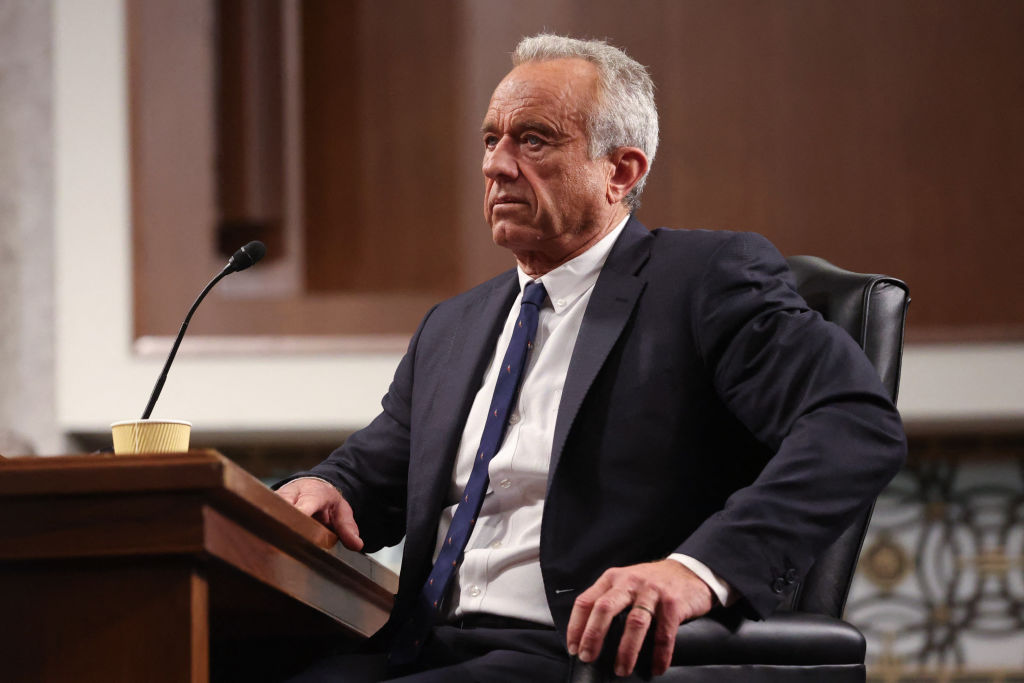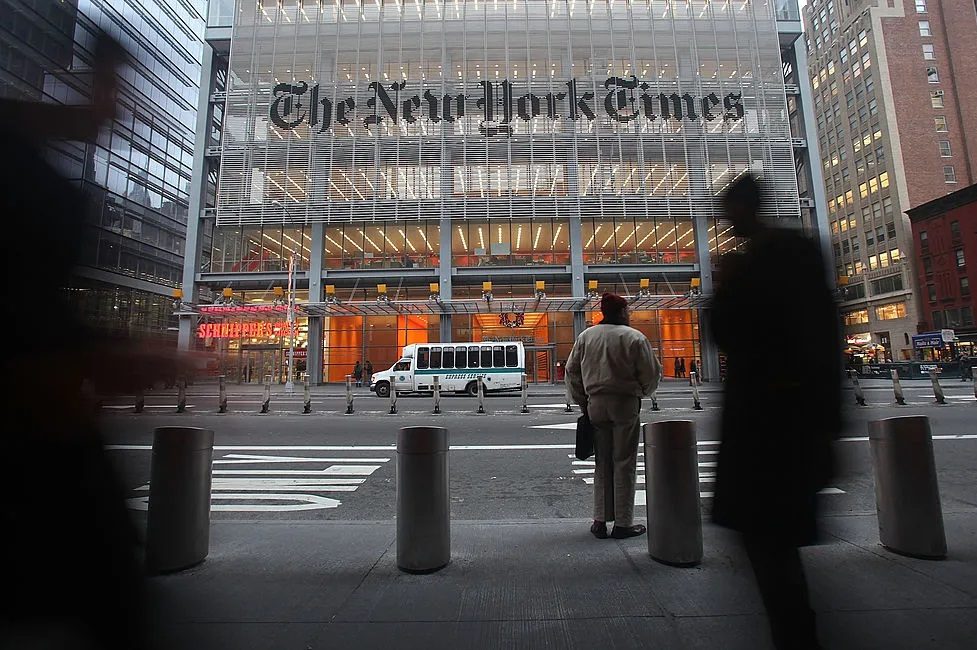The New York Times has re-discovered the religious right. In a front-page story, we learn the awful truth that there is a “right-wing political movement powered by divine purpose, whose adherents find spiritual sustenance in political action.” They sing hymns; they pray; they burn candles. They import “their worship of God, with all its intensity, emotion and ambitions, to their political life.” Quite a few support Trump and also protest “against Covid restrictions,” among other unspeakable acts.
Once, long ago, I ventured into this dark territory, not armored by the shield of New York Times-style contempt for the deplorables, but like Marlowe heading up river into the Heart of Darkness. It was a hard-won lesson.
In February 1949, a forty-year-old farmwife in rural Wisconsin had a vision of the Virgin Mary appearing in her bedroom. Mrs. Mary Ann Van Hoof kept this secret for a while, but Mary reappeared to her in her garden in May, and then starting making more frequent visits. Word got around, crowds gathered, and on August 15, 1950, some 100,000 people made their way to the Van Hoof farm near Necedah (Na-SEE-dah), Wisconsin.
Mrs. Van Hoof, the daughter of a spiritualist seer, had rocky relations with the local Catholic Church and the Diocese of LaCrosse, but she was tenacious. Defying an official ban, she presented herself as a faithful Catholic and turned her farm into a shrine, the “Queen of the Holy Rosary, Mediatrix of Peace Shrine.” The shrine in turn became a place for pilgrimages, especially on “anniversary days” of Mary Ann’s original six Marian visitations. Some of the pilgrims stayed and eventually grew into a local presence of many hundreds of “Shrine people.”
I know about this because in the late 1970s I spent nearly a year among the Shrine people doing field research for my anthropology dissertation, Quoting Heaven. It was a heavy lift — nearly a thousand pages of trying to make sense of a tormented and fractious community in conflict with its neighbors, itself and, as they saw, the whole wide world.
Necedah, as it happens, lies about one hundred miles west of Appleton, Wisconsin, which was Senator Joe McCarthy’s hometown, and the region between was McCarthy’s turf. On February 9, 1950, McCarthy gave his famous speech to the Republican Women’s Club of Wheeling, West Virginia, in which he asserted, “The State Department is infested with communists. I have here in my hand a list of 205 — a list of names that were made known to the secretary of state as being members of the Communist Party and who nevertheless are still working and shaping policy in the State Department.” Or something like that. There was no recording or transcript.
McCarthy, who was Catholic, had hit a rich vein. Populist Catholic anti-communism was an emerging force in American life. I never saw any direct evidence of a link between Mary Ann Van Hoof and Joe McCarthy. But after his death in 1957 and his interment in Appleton — attended by Robert F. Kennedy — Joe began to make spectral visits to Mary Ann, as one of the figures she called the Celestials.
This made a good deal of sense. The Blessed Virgin Mary had sent numerous urgent messages through Mary Ann about the dangers of communist infiltration of the American government. A key principle of good communication is redundancy. Sending the same or very similar messages through Mary Ann and Joe improved the chances that Americans would listen.
I confess that I never found either of these figures admirable. Despite some recent efforts to rehabilitate McCarthy’s reputation, he remains in the eyes of most Americans a grandstanding bully who often just made things up. I realize that in the age of the 1619 Project, those are not necessarily disqualifications. But in McCarthy’s case, they were character flaws not redeemed by devotion to the cause of social justice. When it comes to Mrs. Van Hoof, she came across to me as devious, manipulative, ignorant and heedless of the harm she frequently inflicted on her followers. But apart from that, a breath of fresh air.
Some of Mary Ann’s Messages and Revelations, gathered in two thick volumes by the late 1970s, put her either beyond the fringe or way ahead of her time. Her worries over Soviet infiltration of the US government have long since been substantiated by scholars such as John Earl Haynes and Harvey Klehr, who decrypted the Verona files; Allen Weinstein who unpacked the KGB’s WWII-era penetration of the US; and M. Stanton Evans, who further tracked down Stalin’s Secret Agents. Her warnings that urban blacks would tear loose in city and town-destroying riots came some 60 years before the death of George Floyd in police custody in Minneapolis set off exactly those conflagrations.
Even her predictions that we would be visited by beings from beyond the earth who would arrive in flying saucers is gaining traction from no less than the director of national intelligence, albeit we are now instructed to call them Unidentified Aerial Phenomena, UAPs, rather than UFOs. Mary Ann’s dire warnings that the Catholic Church would fall into the hands of the “enemy,” I leave for others to evaluate. But her general assessment of American society as sinking into a combination of moral license and authoritarian rule is looking better by the day.
It was a test of my anthropological sangfroid to devote years of my life to a serious examination of beliefs that I found preposterous. It would have been one thing had I followed through on my original plan to go to highland New Guinea, where it would be relatively easy to accommodate local beliefs that had never confronted Western rational thought. But the Shrine people were mostly college-educated Midwesterners, many of them from professional backgrounds. They could carry on extended conversations at least as well as the average East Coast secular humanist. Yet they were willing to attest to the presence of witches in their community; they claimed personal experience with miraculous events; and they invested profound moral authority in Mrs. Van Hoof, who seemed to me to have the IQ of a tree stump.
One thing that caught my attention was the fluidity of the community. Apart from a few stalwarts, Shrine people came and went, and when I interviewed those on their way out, they were plain in their assessment that Mary Ann was a fraud. Most stayed about three years, but there was continuous turnover as pilgrims transformed into the next cohort of Shrine people. I discovered that ardent belief sat side by side with ardent doubt. Professing the utmost credence in the Shrine was never without an undercoat of skepticism. But for a while, people were ready to suppress the skepticism in their pursuit of some deeper meaning.
And the center of that deeper meaning was disenchantment with American life. They were unhappy with their churches, the schools their children attended, the laws the government imposed on them and the careers they had forged. Necedah was a way out — but only temporarily. Most of them would re-engage after sojourning on what Shrine people called “The Island.”
That term deserves an explanation. The Shrine was not on an island, but in a scrub forest between the Wisconsin River and a minor tributary, the Yellow River. The Virgin Mary, however, had promised to put a dome of protection over this land when the Great Chastisement — a nuclear war — would be unleashed. When that happened, the inhabitants of the Island, Shrine people, would be the only survivors. Even before the Great Chastisement, leaving the Island was perilous. The ordinary world of village America, represented by the town of Necedah on the other side of the Yellow River, would be, alas, left to its fate.
Long ago I declined a couple of opportunities to turn my account of the Shrine people into a book, and I’ve seldom referred to them in writing. I fear it would be too easy or too tempting to reduce them to caricatures. They believed silly things; they sacrificed years of their lives and those of their families for an unworthy cause. Generally, I didn’t like them, though I forged some friendships which it would have been hard not to betray in telling the story.
The Shrine community had hidden dissenters, and even satellite counter-shrines. Rumors told of disaffected members killed in “hunting accidents.” I was able to watch an actual trial in which an older woman was convicted of witchcraft and thereupon ostracized in a community she could not leave. I mention it now because I assume almost everyone involved is long gone, through the Shrine itself still exists and has its own website. I haven’t been back in more than forty years.
The New York Times allows that “the Christian right has been intertwined with American conservatism for decades.” What’s different now, say reporters Elizabeth Dias and Ruth Graham, is that worship once “largely reserved for church” has moved into political life. That doesn’t fit with what I saw. The Shrine people, exiled from the Catholic Church, formed a separate entity under the interesting rubric “For My God and My Country, Incorporated.” What was “incorporated” was not just a state-recognized non-profit, but a sense of the unity of religion and civic life.
I argued back in the day that offbeat religious movements could be seen as leading indicators of important social changes. In effect, they explored the latent possibilities in American democracy and a free society, putting things together in unorthodox ways. But that willingness to venture outside the lines is, in fact, one of the perennial features of our national life, going all the way back to the Pilgrims’ and the Puritans’ “errand in the wilderness.” Usually these ventures, however they started — Mormons, Seventh Day Adventists, California communes — either become mainstream or send their participants onward to a more settled life elsewhere.
The New York Times’s report focuses mainly on an event in a Phoenix parking lot, but brings in other examples from Michigan, San Diego and Canton, Ohio. The point is that this “re-awakening” is not a local phenomenon, but a national movement. It will not, like the Shrine people, be sheltering in place on “The Island.” It means to send its message out, rather than prompt people to pilgrimage in.
So perhaps in that sense the New York Times is on to something. In a very Times-like way, however, the writers worry about “media-savvy opportunists and those touting disinformation” that are participating in this movement. “Disinformation,” of course, means any political opinion the Times disagrees with, and disinformation joins hands and sings “Waymaker” and other hymns with “conspiracy theories.”
In other words, the Times has spied the arrival of a new form of activism which dangerously combines belief in God with a sense among citizens of “authority over government.” I’d say that combination is as old as America. And while it can sometimes take strange turns, such as a detour into the scrublands of central Wisconsin, it generally turns out pretty well for us.



